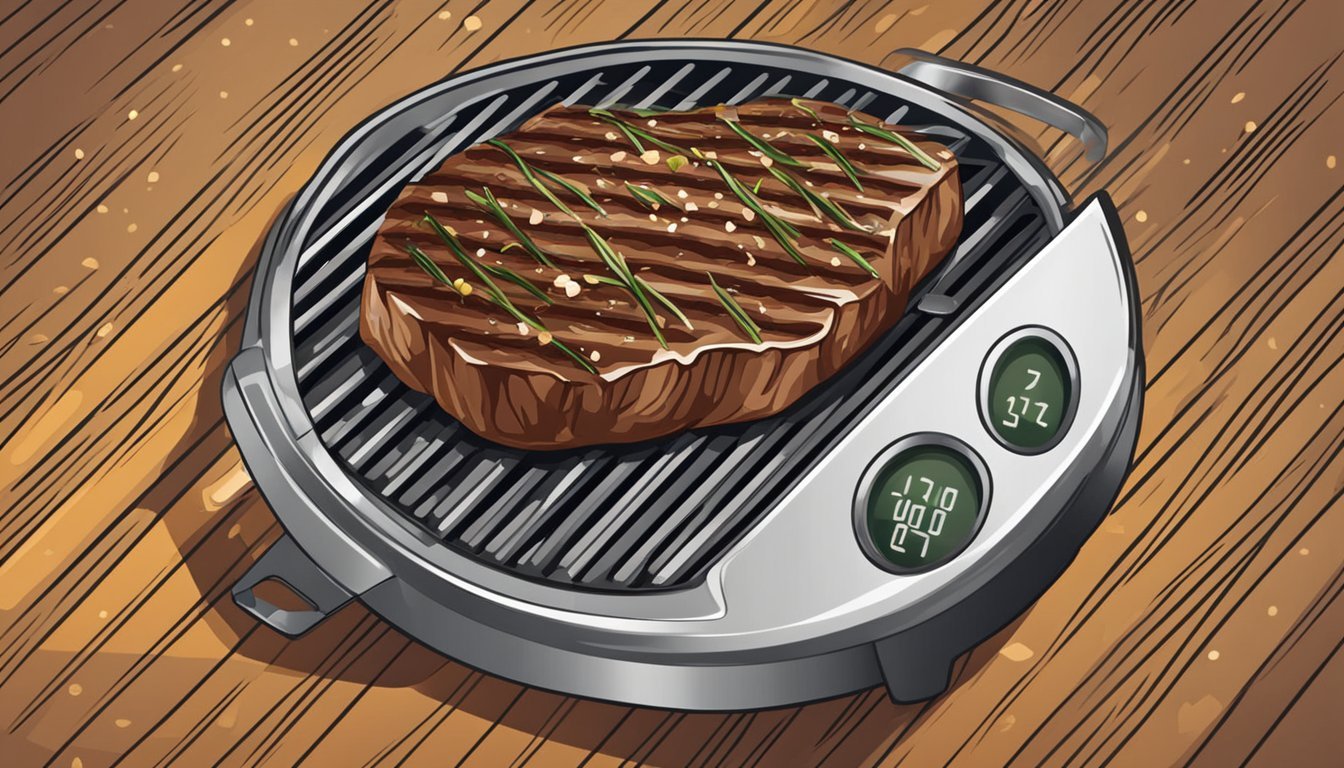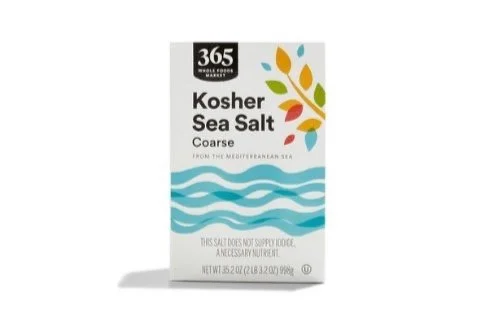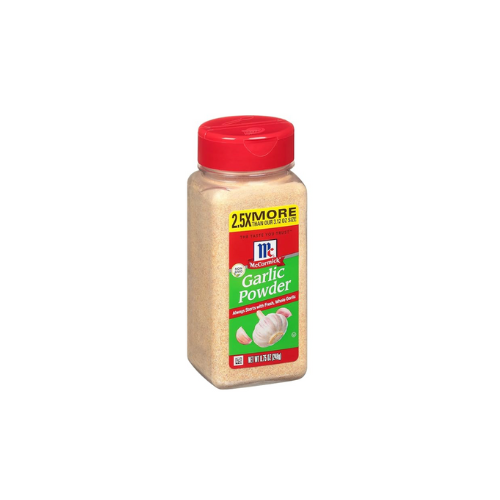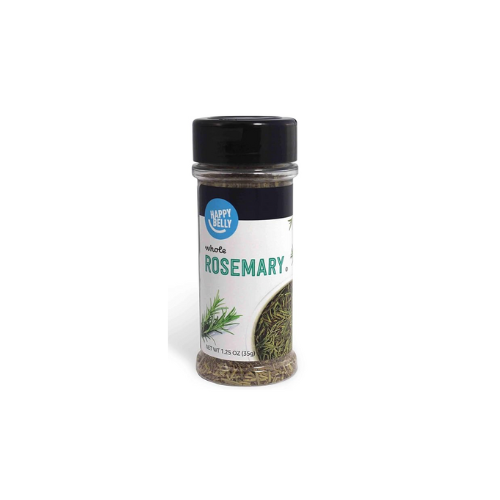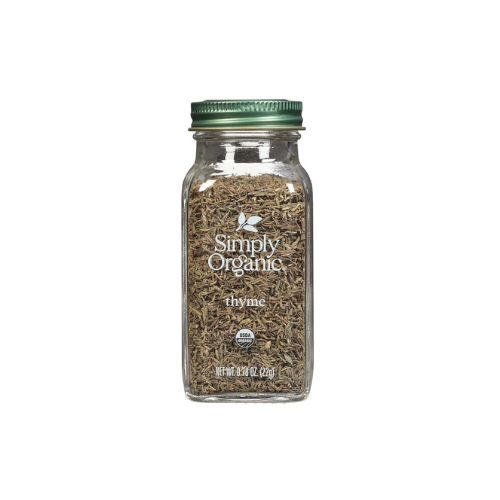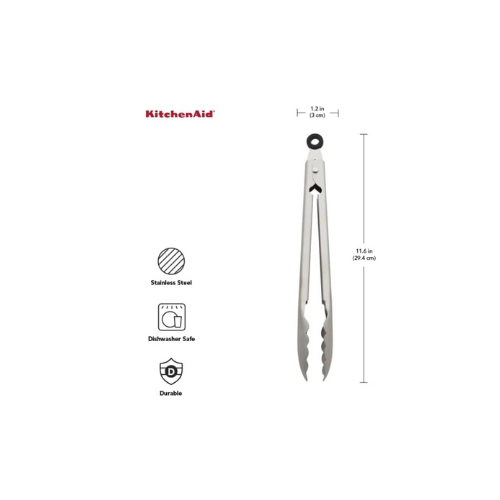How to Cook the Perfect Steak for a Carnivore Diet
Mastering Meat Preparation
Cooking the perfect steak is both an art and a science, honed by technique, timing, and a simple, yet precise approach to ingredients. The carnivore diet, focused on animal products and devoid of plant-based foods, elevates the steak from an occasional indulgence to a dietary staple. Selecting the right cut and cooking method is essential for maximizing flavor and ensuring that the steak provides the requisite nutrients.
The ribeye stands out as the cut of choice for many carnivore diet enthusiasts, offering a rich marbling of fat that translates to succulent flavor and tenderness. Preparing the steak requires attention to detail, starting from bringing the meat to room temperature to ensure even cooking. A cast-iron skillet, heated to a high temperature, serves as the ideal cooking vessel for achieving a well-seared crust while retaining the juicy interior.
Temperature control is critical during the cooking process, with the aim to caramelize the surface without burning, creating a steak that's cooked to the desired level of doneness. Seasoning should be judicious—often, a robust sprinkle of salt suffices to enhance the natural flavors of a quality steak. For those strictly adhering to a carnivore diet, cooking fats should be animal-based, such as tallow or butter, aligning with dietary guidelines while contributing to the steak's richness.
Understanding the Carnivore Diet
The carnivore diet is a restrictive regimen that focuses on the consumption of animal products and excludes plant-based foods. It emphasizes a high intake of protein and animal fat while providing essential nutrients through a variety of meat cuts including organ meats.
Benefits of a Meat-Centric Diet
Adherents of the carnivore diet often report increased energy levels and a decrease in inflammation. As meats contain minimal to no carbohydrates, this diet can also lead to a state of ketosis, which may contribute to weight loss and is often used to manage symptoms of various health conditions.
Meat, the cornerstone of the carnivore diet, is a rich source of high-quality protein which is crucial for muscle maintenance and repair. Animal proteins provide all the essential amino acids necessary for human health. Organ meats, in particular, are nutrient-dense and can offer vitamins such as vitamin A, B vitamins, including B12, and minerals like iron, phosphorus, and others in highly bioavailable forms.
Nutritional Considerations
People following a carnivore diet can meet most of their nutritional needs if they include a variety of animal products, such as organ meats which could help address potential nutrient deficiencies. However, one point of contention revolves around vitamin C, which is traditionally obtained from fruits and vegetables. The argument often presented is that the diet's high fat and low carbohydrate levels may reduce the need for vitamin C, and that small amounts can be found in raw or lightly cooked meats. The diet's requirement for consuming primarily animal products means an ample supply of stomach acid is necessary, which aids in digesting protein and killing potential pathogens, reducing the risk of contamination.
It's crucial for individuals on the carnivore diet to ensure their meat is sourced from reputable providers to minimize the risk of contamination, and to consider the inclusion of a range of meats, including organ meats, to maintain a balanced nutritional profile.
Selecting the Right Cut
The success of a steak dish in the carnivore diet hinges on choosing the right type of steak. Each cut offers different textures and flavors, catering to personal preferences and specific dietary goals.
Ribeye: The Premier Choice
The ribeye steak (What wine goes well with ribeye steak?) is a top-tier selection for those on the carnivore diet due to its rich marbling and optimal fat-to-protein ratio. Its robust flavor and tender texture come from the generous intramuscular fat. Ribeyes can be purchased either bone-in or boneless, with the bone-in variant often being attributed additional flavor.
Sirloin: Lean and Flavorful
Sirloin steak (What wine goes well with sirloin steak?) offers a somewhat leaner option while still maintaining a bold taste. It is a well-balanced cut that delivers both tenderness and a meaty flavor profile. For individuals monitoring their fat intake, sirloin is a suitable choice that does not compromise on the gastronomic experience.
Tenderloin: Succulent and Delicate
Known for its buttery texture, the tenderloin, or filet mignon, is the most tender cut available. Low in fat yet bursting with delicate flavor, it satisfies those seeking a melt-in-the-mouth experience. Due to its leanness, careful cooking is recommended to preserve its succulence.
Alternative Cuts: Exploring Flank, T-bone, and More
Flank Steak: A leaner option with a bold, intense flavor. Best when marinated and cooked quickly at high heat.
T-bone Steak: Delivers the best of both worlds with a strip steak on one side and tenderloin on the other.
Strip Steak: Known for its fine texture and moderate fat content, strip steak offers a robust beefy flavor.
Each of these alternative cuts brings a unique dimension to the carnivore diet, allowing for a varied yet nutritionally rich eating experience. Whether fattier or leaner, bone-in or boneless, the selection should align with one's dietary goals and flavor preferences.
Essential Ingredients for Seasoning
When cooking the perfect steak for a carnivore diet, a chef knows that seasoning plays a pivotal role in enhancing the natural flavor of the meat. Selecting the right ingredients is essential for achieving a palatable balance and richness.
Salt: The Foundation of Flavor
Salt is a chef's primary tool for bringing out the intrinsic savoriness of a steak. Kosher salt is often preferred for its ability to adhere well to the meat's surface and for the control it offers during application.
Kosher Salt: Ideal grain size for seasoning steak
When it comes to getting the best deals, buying kosher salt online is the way to go!
Pepper: The Spicy Counterpart
Pepper adds both heat and depth to the steak's flavor profile. A fresh black pepper rub applied generously will create a spicy crust that complements the rich meatiness.
Black Pepper: Freshly ground for maximum flavor
If you're looking for black pepper, buying it online is your best bet!
Enhancing with Herbs and Spices
While a carnivore diet is restrictive, certain herbs and spices like garlic powder, rosemary, and thyme can be used to introduce subtle aromatics and dimensions to a steak without compromising the dietary principles.
Garlic Powder: Adds a pungent undertone
Rosemary: Infuses an aromatic, piney note
Thyme: Offers a subtle, earthy layer
I highly recommend purchasing garlic powder, rosemary, and thyme online for a convenient shopping experience!
Butter and Oils: Adding Richness
To finish, a dollop of butter can be melted over the cooked steak for an extra layer of richness. For those who include dairy in their carnivore diet, butter is a flavorful fat component. However, traditional olive oil is not typically included in a carnivore diet due to its plant origin.
Butter: Grass-fed variety preferred for pure fat content
Online stores offer unbeatable prices for ghee, so don't miss out!
Preparation for Perfection
The path to the perfect steak begins well before it hits the heat. Careful preparation is crucial for a tender, juicy result, particularly when adhering to the carnivore diet. Here are the vital steps to take before cooking:
Bringing Steak to Room Temperature
Before cooking, one should allow the steak to rest at room temperature for at least 30 minutes to an hour. This ensures even cooking and allows the steak to heat up faster, reducing the overall cooking time and helping to retain its juices during searing.
Drying for an Ideal Sear
It's imperative to pat the steak dry with paper towels to remove excess moisture. A dry steak surface ensures a better sear and avoids steaming the meat. Proper searing creates a delectable crust that locks in the flavor and adds a textural contrast to the tender interior.
Marinating: Flavor Infusion or Not Necessary?
Marinating steak is an optional step, especially within the carnivore diet where simplicity takes precedence. If chosen, a simple salt seasoning often suffices to enhance the natural flavors. Those seeking to infuse more flavors might opt for a brief marination in animal fats, such as beef tallow, but lengthy or complex marinades are typically avoided to let the quality of the meat shine through and keep prep time minimal.
Experience the convenience and savings of buying tallow online!
Cooking Techniques
When cooking the perfect steak for the carnivore diet, three main techniques ensure a flavorful and precise result: searing for a delicious crust, oven finishing for even cooking, and sous vide for exceptional control over doneness.
The Art of Searing
Searing steak is crucial for developing a well-caramelized crust that adds depth of flavor. To achieve this:
Preheat a cast iron skillet over high heat until extremely hot.
Pat the steak dry and season with salt if desired.
Place the steak into the skillet, using tongs to press down for maximum surface contact.
Sear each side for 2-3 minutes until a brown crust forms.
Note: A splatter of water should evaporate instantly on the skillet if it's hot enough.
Make your life easier by ordering skillet online; it's just a few clicks away!
Oven Finishing for Consistent Cooking
To cook a steak evenly after searing:
Preheat the oven to 500ºF (260ºC).
Sear as described in "The Art of Searing.”
After searing:
Transfer the cast-iron skillet with the steak into the oven.
Cook time will vary based on thickness and desired doneness, usually ranging from 3-10 minutes.
Tip: Using a meat thermometer, aim for 135ºF (57ºC) for medium-rare.
Sous Vide: Precision and Control
For those seeking a specific level of doneness, sous vide is unparalleled:
Set the sous vide to the desired temperature (e.g., 130ºF for medium-rare).
Vacuum-seal the steak or place it in a zip-lock bag, removing all air.
Immerse the bag in the water bath, ensuring the steak is fully submerged.
The cook time varies with thickness; a 1-inch steak typically takes 1-2 hours.
Once done, remove the steak and pat it dry. It's then important to quickly sear the outside in a hot frying pan to develop that desired crust.
Monitoring and Achieving Desired Doneness
Achieving the ideal steak doneness requires precision and a good understanding of temperature and timing. Here, we explore the key steps to ensure a steak meets a carnivore diet enthusiast's specific taste preferences.
Understanding Doneness Levels
Rare steak is characterized by a warm, red center, typically reaching an internal temperature of 120-130°F. A medium-rare steak, slightly warmer with a red to pink center, is often considered the sweet spot for tenderness and flavor, aiming for 130-135°F. Medium doneness brings a pink and firm center at temperatures between 135-145°F. Moving towards well-done, the steak has only a trace of pink and must reach temperatures upwards of 145-155°F. A fully well-done steak, with no pink and a browned interior, is achieved at temperatures above 155°F.
Doneness Level and Temperature Range
Rare
Temperature Range: 120-130°F
Medium-Rare
Temperature Range: 130-135°F
Medium
Temperature Range: 135-145°F
Well-Done
Temperature Range: 145-155°F
Very Well-Done
Temperature Range: >155°F
Using a Meat Thermometer for Accuracy
To ensure desired doneness, one must use a meat thermometer. Insert the thermometer probe into the thickest part of the steak, steering clear of fat, bone, or gristle. For an accurate reading, the probe should touch the center of the meat. Since a steak continues to cook slightly after removal from heat (carryover cooking), it's best practice to pull it off a few degrees before reaching the target temperature.
Resting Meat: The Essential Final Step
After cooking, it is crucial for the steak to rest before slicing. This period allows the juices to redistribute throughout the meat, ensuring a more tender and juicy eating experience. Typically, a steak should rest for about 5-10 minutes, depending on its size. Resting avoids the loss of flavorful juices when cutting and serves to finalize the cooking process, making it an indispensable step towards the perfect steak.
Serving and Presentation
Serving the perfect steak requires precision in slicing, thoughtful pairings, and eye-catching garnishes to complement the carnivore diet. The right techniques and accompaniments can elevate the dish from simply flavorful to an extraordinary culinary experience.
Slicing Techniques for Maximum Tenderness
The tenderness of steak significantly influences its enjoyment, and proper slicing can make all the difference. One should always slice the steak against the grain, which means cutting perpendicular to the muscle fibers. This method results in shorter fibers, providing a more tender bite. It is recommended to let the steak rest for about five minutes before slicing to ensure that the juices redistribute, preserving the meat's moistness and flavor.
Pairings and Accompaniments
In a carnivore diet, traditional side dishes like potatoes and vegetables are typically not included, so one must think creatively about pairings. Serving scrambled eggs alongside steak can create a protein-rich breakfast or brunch option. Some steak recipes also suggest bone marrow or a side of pork belly (What wine goes well with pork belly?) to keep the meal within diet constraints while adding layers of savory taste.
Garnishing for Visual Appeal
A well-presented steak can be as appealing to the eye as it is to the palate. Although garnishes are limited on a carnivore diet, there are still suitable options to enhance the visual appeal of the dish. For a simple yet elegant touch, one might include a sprig of rosemary or sage atop the steak. This adds a pop of color and a subtle aroma without compromising the carnivorous theme.
Advanced Tips and Tricks
To elevate the experience of cooking steak for a carnivore diet, one must master specific techniques. These advanced tips and tricks focus on achieving a perfect seared crust, reheating without sacrificing quality, and handling large cuts effectively.
Achieving a Seared Crust
A seared crust is essential for locking in flavor and enhancing texture. One must heat the pan until it is very hot but not smoking. To test, one can sprinkle a few drops of water; if they sizzle and evaporate immediately, the pan is ready. For searing:
Use a heavy skillet: Cast iron is preferred for its heat retention.
Dry the steak: Pat the steak dry before cooking to promote browning.
High heat: Cook over high heat to develop the crust quickly.
Do not overcrowd: Give each steak enough space to ensure even searing.
Animal fat: Use a tablespoon of high-quality animal fat for cooking thick-cut steaks.
Reheating Without Loss of Quality
Reheating steak without losing the juicy tenderness of the meat requires:
Low and slow: Reheat in a 250°F oven until warm (about 110°F internally).
Pan-warming: Alternatively, a low heat in a skillet for a few minutes on each side can preserve quality.
Use a thermometer: To check doneness without cutting and releasing valuable juices.
Tongs: Employ tongs to flip the steak gently to avoid puncturing the meat.
Avoid the crowds and shop for meat thermometer and tongs online from the comfort of your home!
Cooking Large Cuts: Roasting and More
Large cuts like a thick-cut ribeye or a roast demand a different approach:
Preheat the oven: For roasting, ensure the oven is fully preheated to the desired temperature, typically between 275°F to 325°F, depending on the recipe.
Sear before roasting: Begin with a stovetop sear to develop a crust, then transfer to the oven.
Resting: Allow the meat to rest for at least 10 minutes before carving to retain juices.
Monitoring: Utilize a meat thermometer to ensure the internal temperature matches the desired level of doneness.
These techniques not only maintain the essential characteristics such as a lower carbohydrate profile suitable for the carnivore diet but also help manage calorie intake by preserving the meat's natural flavors and juices.
Beyond Beef: Carnivore Diet Variations
While beef is a staple in the carnivore diet, one can enrich their culinary experience by incorporating other meats like lamb and bison (What wine goes well with bison?), as well as versatile options like eggs and ground meat. These variations add diversity to meals while maintaining the diet's high-protein, low-carb principles, aligning well with keto guidelines.
Exploring Lamb, Bison, and Other Meats
Carnivores seeking variety can turn to lamb, a rich source of vitamins and minerals with a distinct flavor that sets it apart from beef. Lamb can be prepared in cuts such as chops or roasts, and seasoned with nothing more than salt for simplicity. Bison, another excellent beef alternative, is leaner and can provide similar texture and taste. Bison steaks can be cooked to the desired doneness just like beef steaks, preferably using methods that retain moisture such as grilling or broiling.
Including Eggs for Breakfast
Eggs, both versatile and nutrient-dense, are an ideal addition to a carnivore's breakfast routine. They can be cooked in various styles, including:
Boiled: Soft or hard-boiled for a quick meal.
Scrambled: With melted butter for added flavor.
Eggs are also effective for binding ground beef in recipes such as meatballs or patties, adding structure and moisture.
Ground Meat Recipes: Burgers and More
Ground meat is a cornerstone of carnivore diet variations, providing endless opportunities to create satisfying meals. For example:
Burgers: Simply seasoned with salt and perhaps a touch of melted butter for grilling.
Meatloaf: Skip traditional fillers and focus on the ground meat, bound with eggs and baked to perfection.
When preparing these meals, enthusiasts can exchange culinary tips at gatherings such as a book club or group events, perhaps discussing works of renowned chefs like Alton Brown, who often emphasize the importance of quality ingredients and proper cooking techniques.


